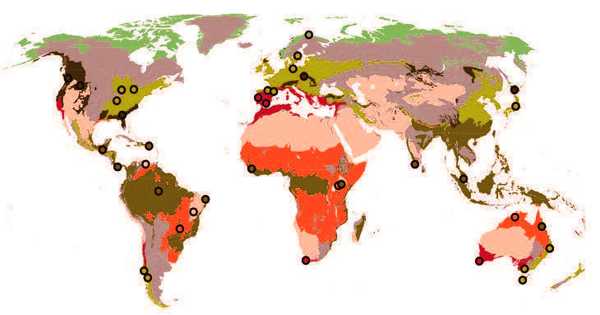A recombinant virus can exist naturally or be created by recombining DNA fragments using recombinant DNA technology. The process by which the genetic material of two or more parent viruses is united to form a new genetic composition in the offspring virus is known as genetic recombination. This can occur via a variety of processes, including reassortment or recombination events during viral replication.
Recombinant viruses can have serious consequences, notably in terms of viral evolution, the formation of new strains, and vaccine development. They can contribute to virus genetic diversity and may result in the generation of viruses with altered properties, such as increased transmissibility or virulence.
Recombination is a common phenomenon in viruses, particularly in those with RNA genomes, such as many viruses that cause influenza. In the case of RNA viruses, their high mutation rates and the presence of multiple strains in a population make recombination more likely.
Synthetic recombination
This technology could be utilized to create viral vaccinations or gene therapy vectors. In viruses with segmented genomes, such as influenza viruses, reassortment is prevalent. Influenza A virus’s genome, for example, is made up of eight distinct RNA segments. Reassortment can occur when two distinct influenza viruses infect the same host cell, resulting in the interchange of these segments and the formation of a new, recombinant virus.
Recombination events can also occur during virus replication if the genome is not segmented. The exchange of genetic material between different strains or types of viruses is involved in this process.
Natural recombination
The phrase is also used to describe naturally occurring recombination between virus genomes in a cell infected with multiple virus strains. This is accomplished through either homologous recombination of nucleic acid strands or reassortment of genomic regions. Both of these, as well as virus mutation, have been proposed as means for influenza and other viruses to evolve.
Western equine encephalitis virus (WEE), which is a recombinant virus between two other closely related but separate encephalitis viruses, is an example of a recombinant virus. Furthermore, reassortment is critical for pandemic influenza viruses.
This technology could be utilized to create viral vaccinations or gene therapy vectors. In viruses with segmented genomes, such as influenza viruses, reassortment is prevalent. Influenza A virus’s genome, for example, is made up of eight distinct RNA segments. Reassortment can occur when two distinct influenza viruses infect the same host cell, resulting in the interchange of these segments and the formation of a new, recombinant virus.
Recombination events can also occur during virus replication if the genome is not segmented. The exchange of genetic material between different strains or types of viruses is involved in this process.
















